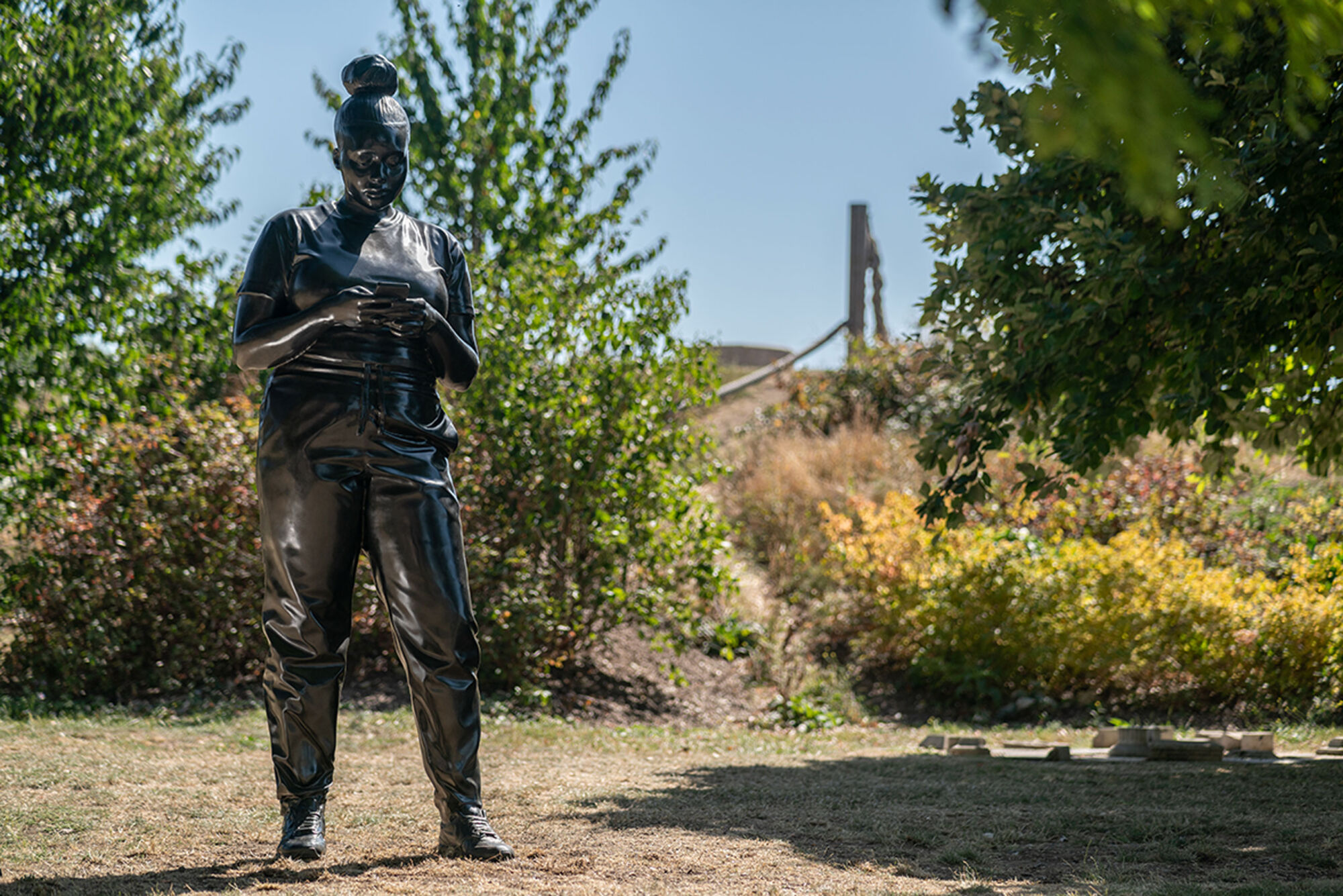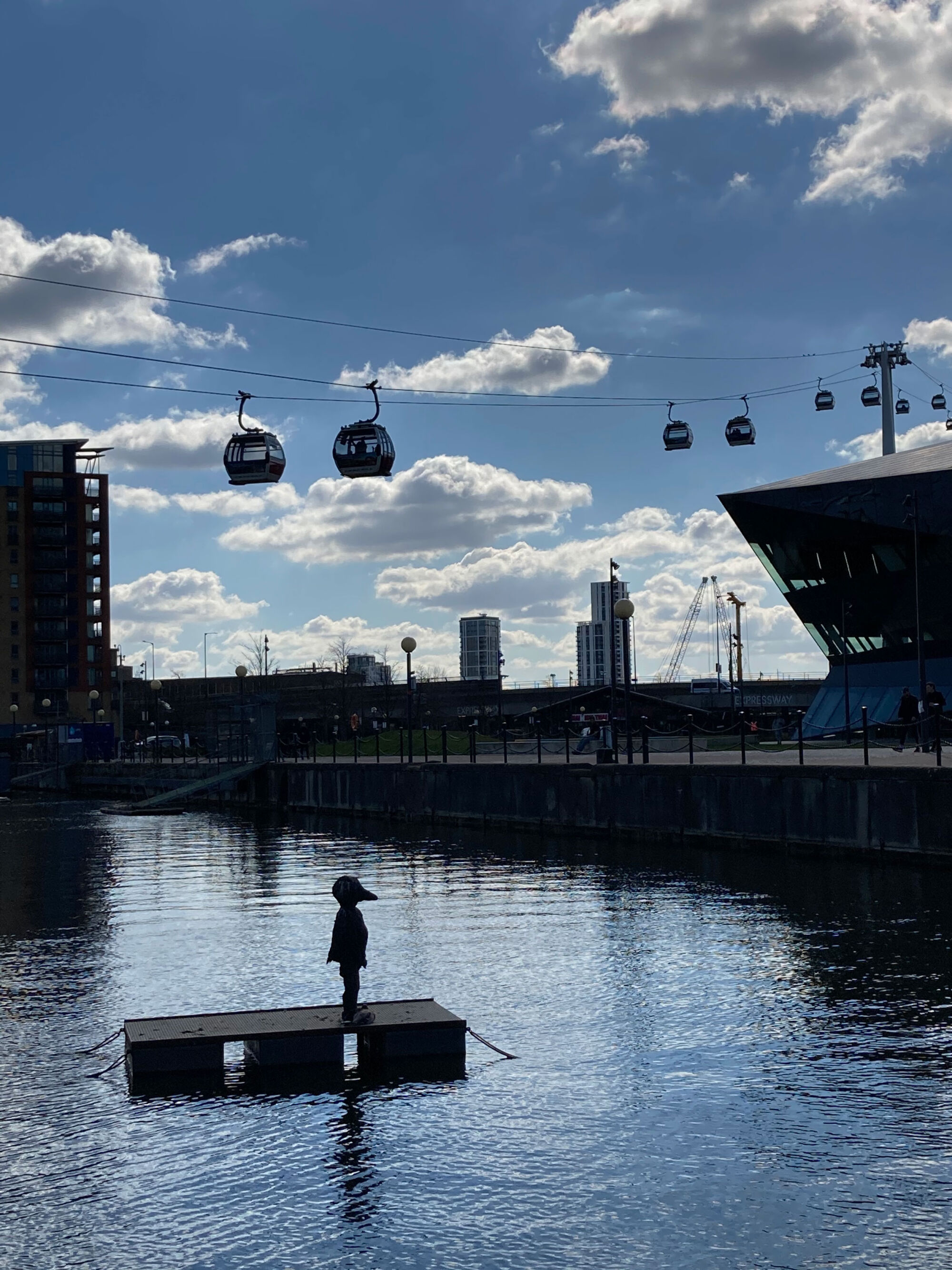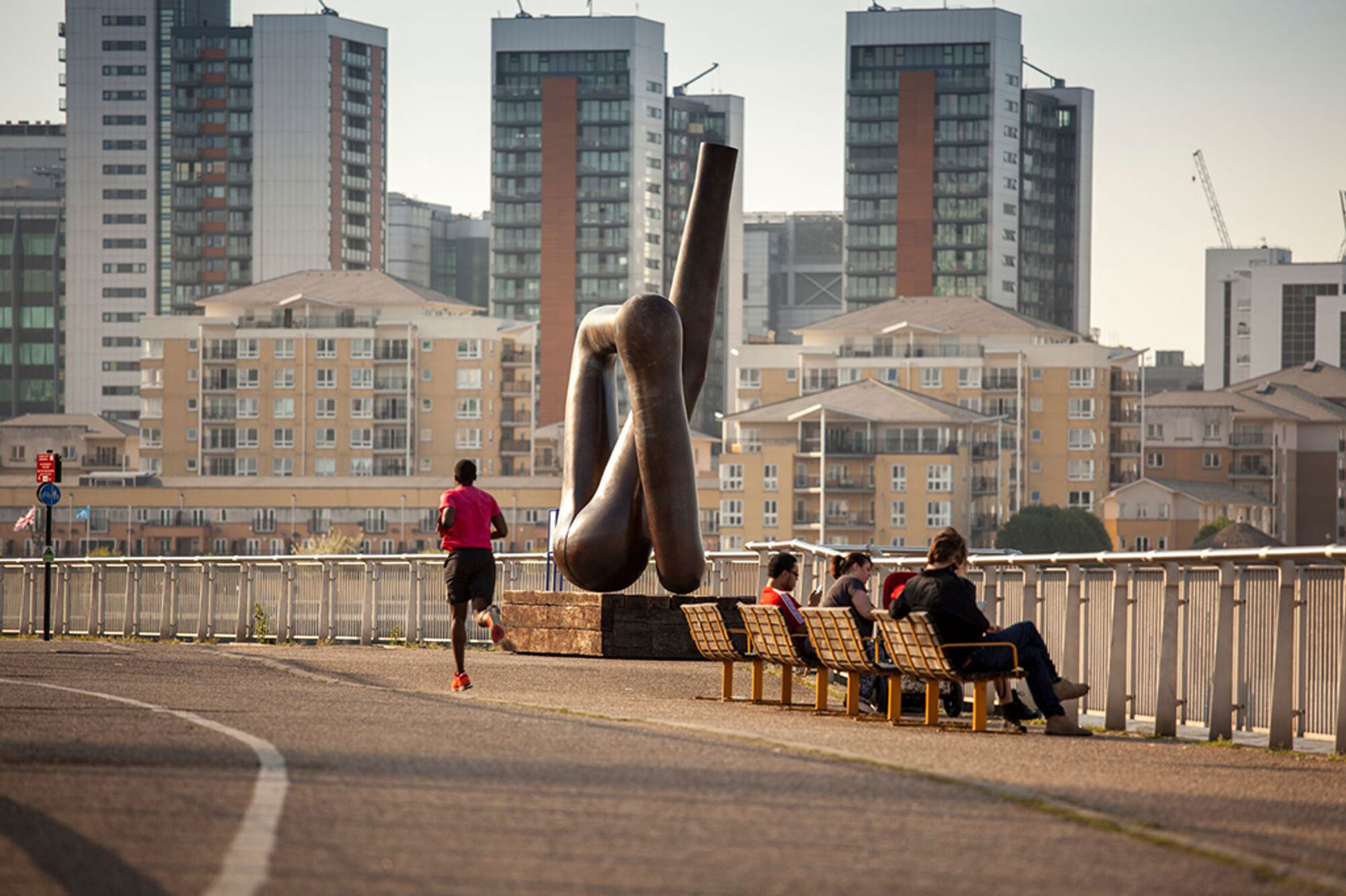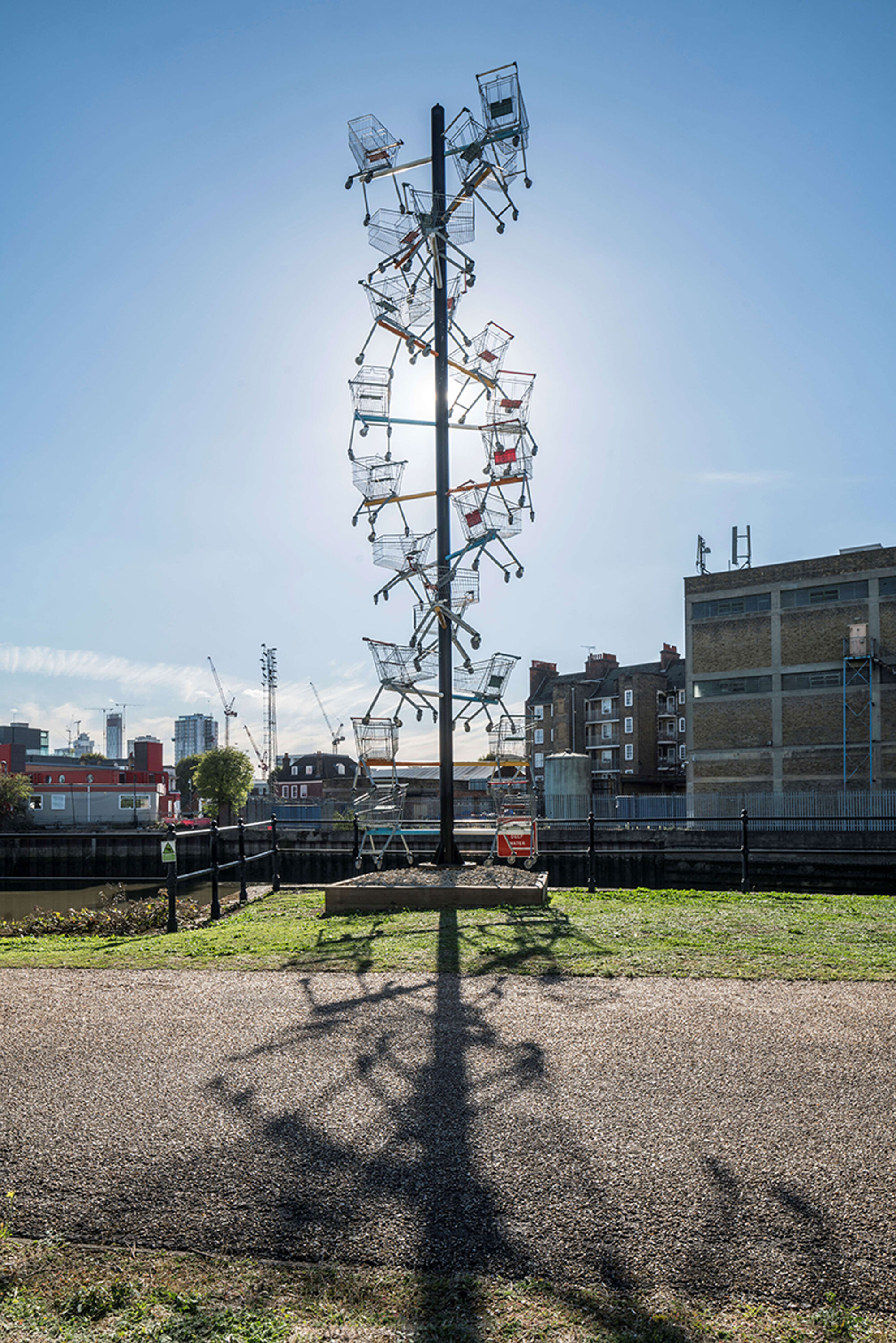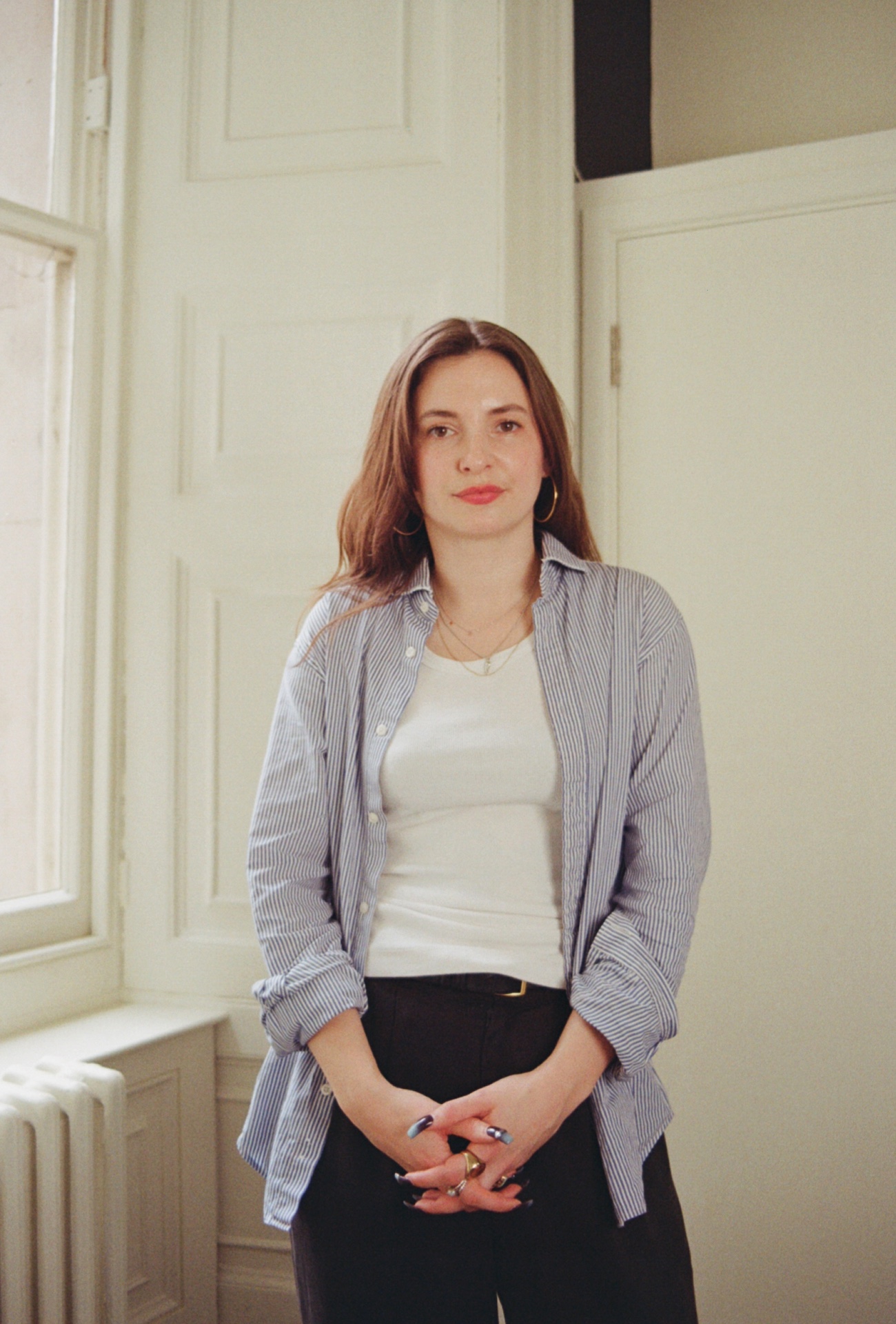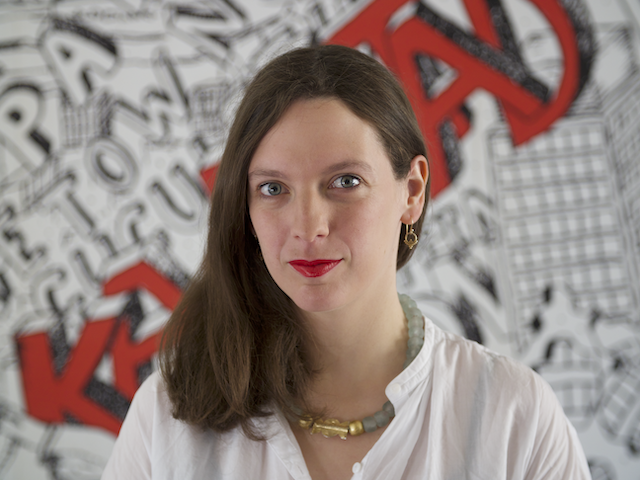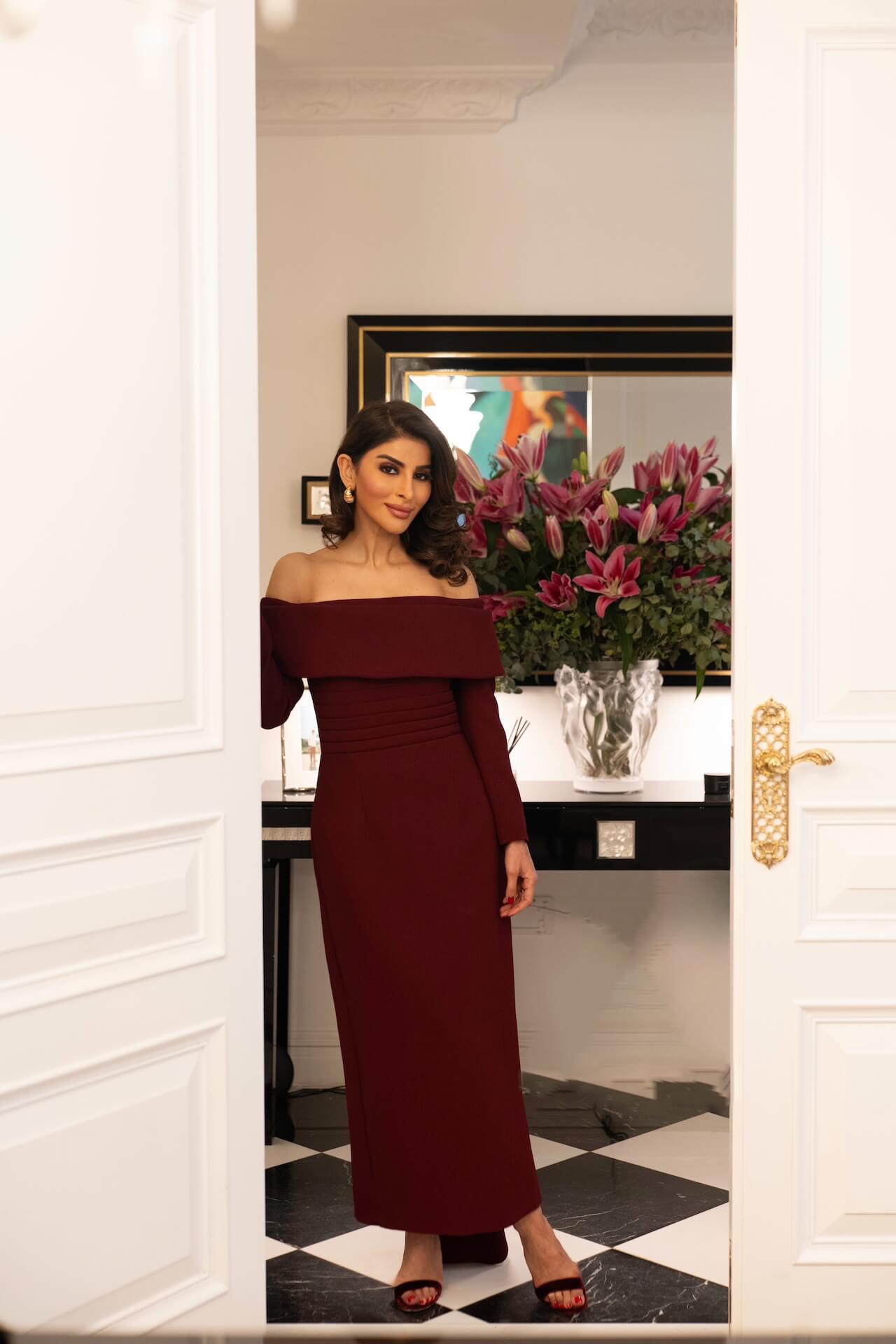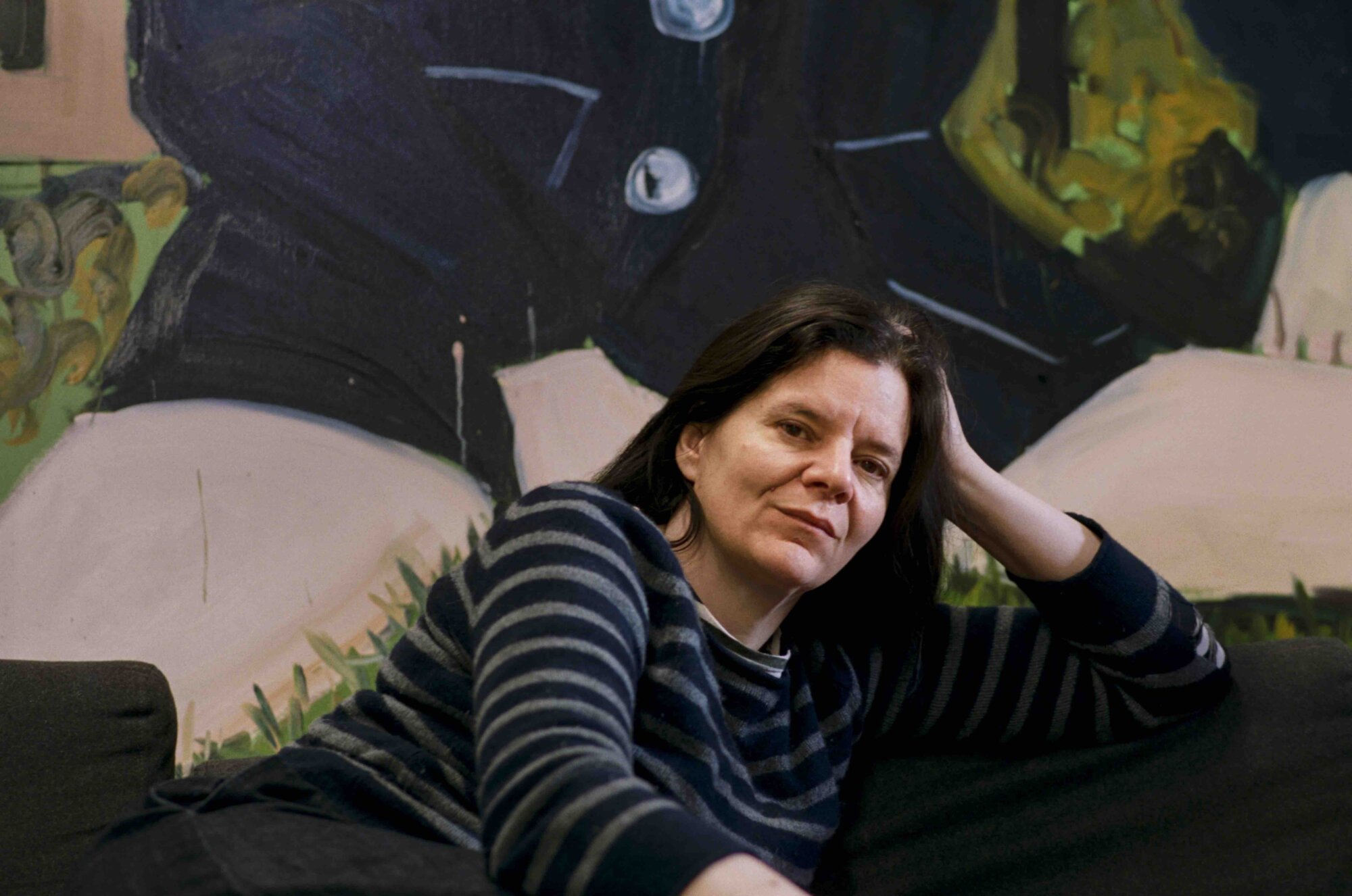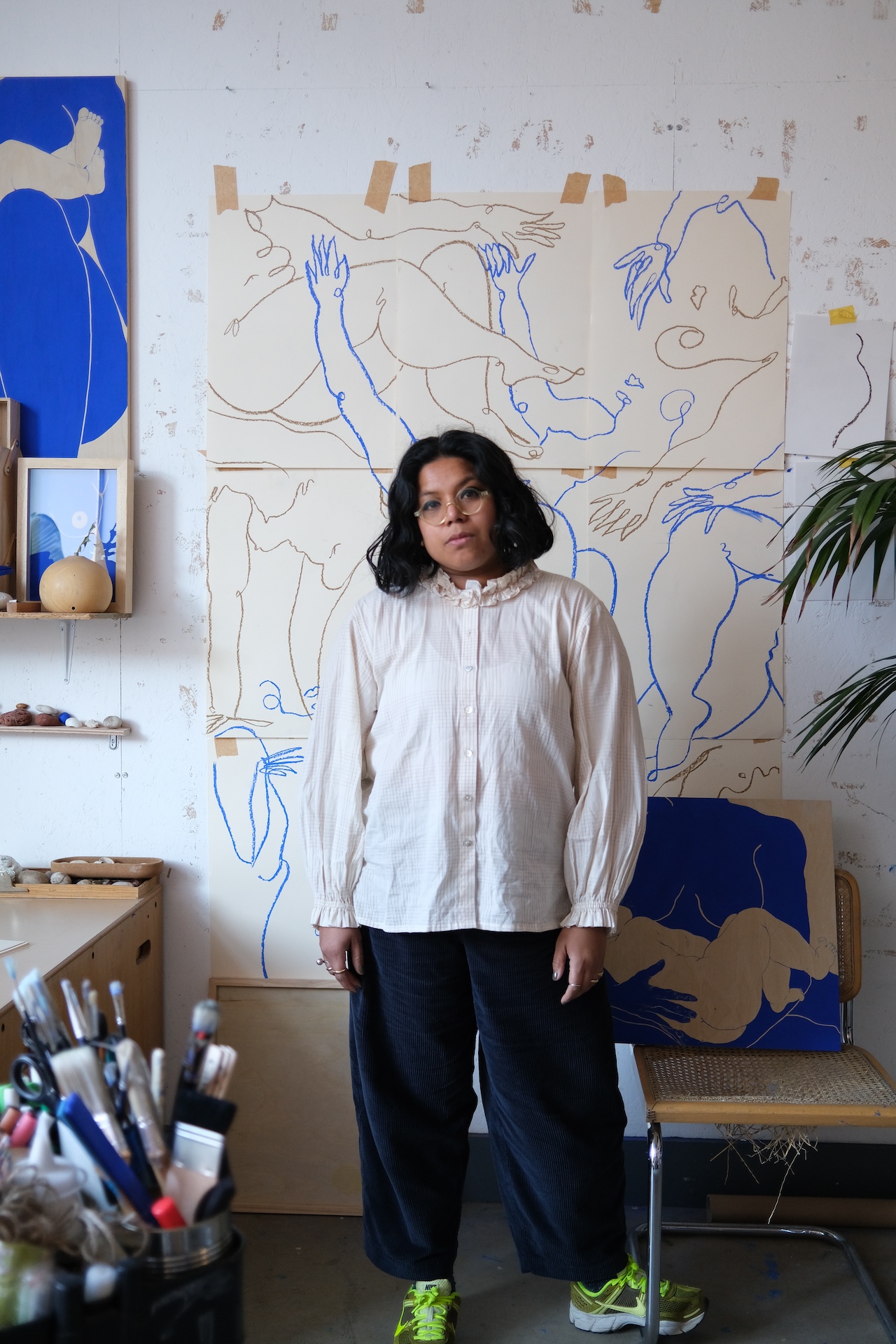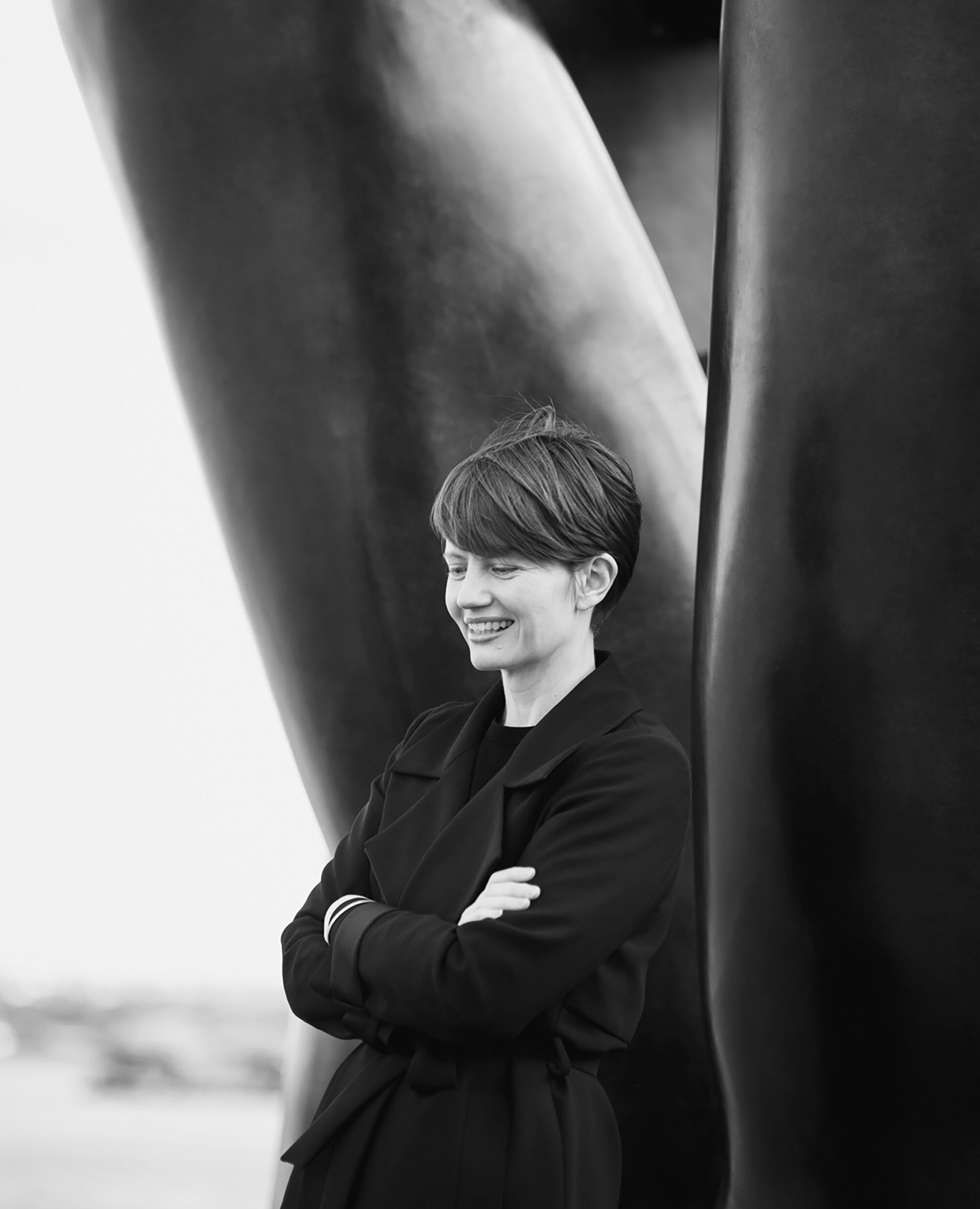

Interview Public Art visionary, Megan Piper
THE WICK: Do you have a typical Monday and what’s on the agenda for today?
Megan Piper: Monday is the most important working day for me – it sets the tone for the rest of the week. I start off catching up with my team. We talk through where we are with our current programme, confirm plans for the week ahead and often brainstorm ideas for future projects. Monday marks the beginning of the week and, like a new year, everything seems possible.
TW: The public sculptural work that makes you happiest and why?
MP: Reaching Out by Thomas J Price, which is on The Line at Three Mills Green. It is powerful and yet unpretentious in the way that it addresses identity, representation and racial politics. The young woman is caught between virtual and real space, which is something all of us can identify with, particularly in the last year. Paradoxically, at 3m high, she couldn’t be more present. She is at once very everyday and historically significant.
TW: What’s been the book you would pass on as a gift to someone else and why?
MP: I read Elena Ferrante’s Neapolitan novels last year – they are an extraordinary saga reminding us of the complexity of friendships. At a time when we have been isolated from friends, I enjoyed immersing myself in the sixty-year friendship of Lila and Lenù, tracing its intensity and strain as each sought out their own path.
TW: What can we expect in 2021 for The Line?
MP: This year will see a significant expansion in programming from new installations to workshops with mental health groups and a Youth Guide programme with a cohort of 18-year-olds. In the first half of the year, the exhibition programme will focus on nature, reflecting our enhanced appreciation of the outdoors – a silver lining of the Covid cloud – and the positive impact it has on our mental health. We will also be launching a social prescribing programme of walks to support wellbeing.
TW: What makes you culturally curious – top exhibition or place to visit digitally or IRL?
MP:
Walking is a great companion to curiosity. There’s nothing like being able to wander around a city to discover new things. The Venice Biennale, Edinburgh Festival and Münster Sculpture Project all allow you to do this. Similarly, synchronised gallery openings. I used to live behind the National Theatre on the South Bank and walking along the river between different arts venues made it one of the best places I’ve ever lived. In many ways this was a point of inspiration for The Line.
In terms of digital experiences, I would have to say the Bloomberg Connects app. There is such a wealth of content to explore from a diverse range of partners (Guggenheim and The Frick in New York to Yorkshire Sculpture Park, Black Cultural Archives and … The Line!). It’s a fantastic resource and you can while away hours delving into different organisations’ guides, archives, interviews and podcasts.
TW: Over lockdown Public Art has become an increasingly popular destination and activity – do you think the perception of public art has changed since you launched The Line in 2015?
MP: I think the perception of public art has changed. A commitment to democratising art isn’t new but I think that the closing of museums and galleries through various lockdowns – and people walking around the city (or their locality) in a new way – has meant that people are more aware of what’s around them. This includes public monuments and the debates about who is represented has come into sharp focus. People are rightly questioning what public art is, who it’s for and what its future looks like. I think (and hope) that a bigger shift will occur more quickly in years to come.
“A commitment to democratising art isn’t new but I think that the closing of museums and galleries has meant that people are more aware of what’s around them.”
